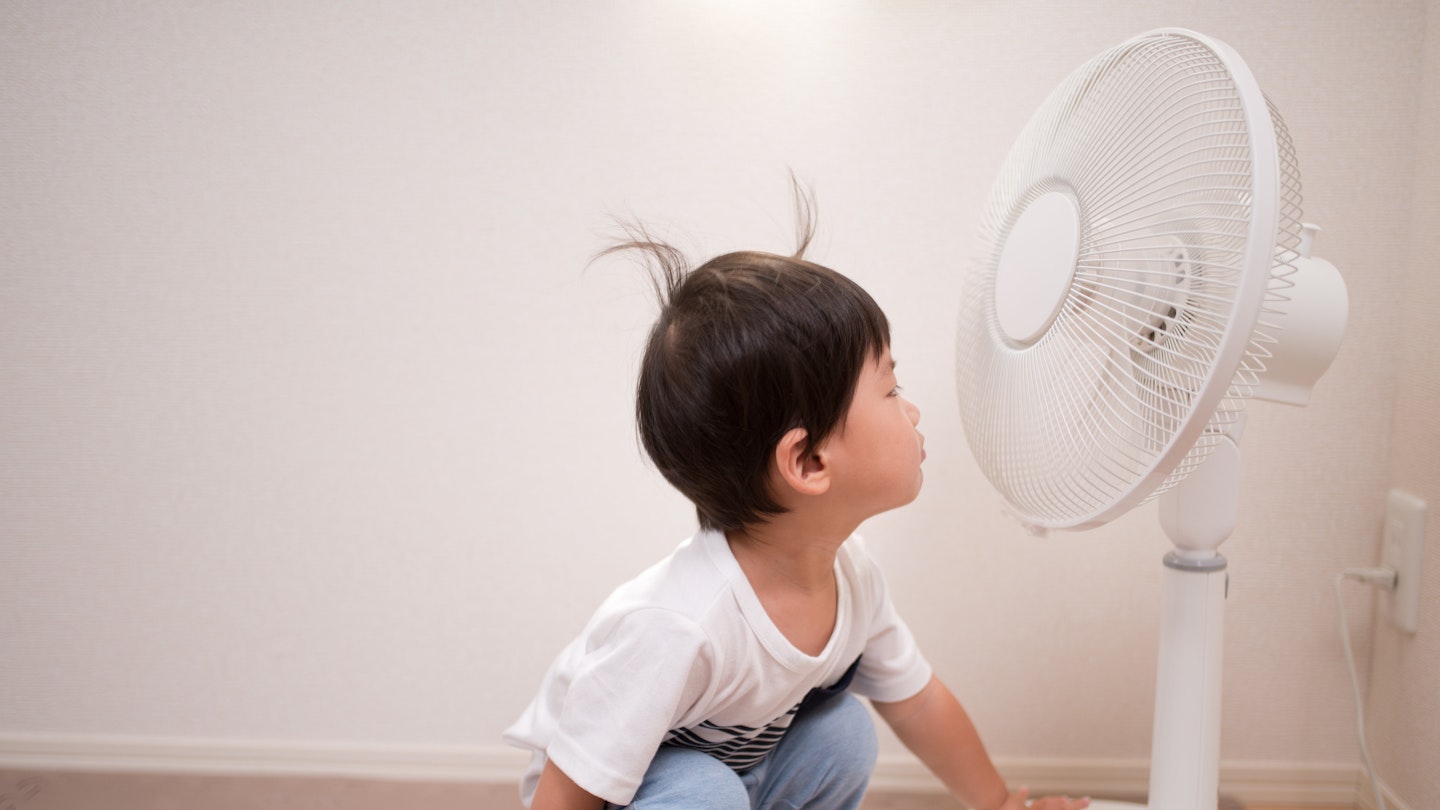For most of us, warm weather is a welcome change but it's important to keep an eye on your baby or toddler to make sure they’re hydrated and protected to avoid them getting heat stroke. While heat-related illnesses are a concern for all of us, babies and toddlers are particularly vulnerable to the effects of heat stroke due to their limited ability to regulate their body temperature efficiently.
As parents, it's crucial to understand the signs, symptoms, and preventive measures for heat stroke in babies and toddlers. Scroll down to find out what to look for and how you can help your little one.
What is heat stroke?
There are actually two heat-related conditions to be aware of – heat exhaustion and heat stroke.
"Both are caused by your toddler getting too hot and becoming dehydrated, which can involve the sun but doesn’t always," explains consultant paediatrician Dr Rahul Chodhari from the Royal College of Paediatrics and Child Health. "Heat stroke develops from heat exhaustion."
And little ones are more vulnerable for several reasons.
"Babies have a larger surface area in relation to their size, which means they lose water faster," says Dr Chodhari. "Their skin is thinner so they can’t regulate their own body temperature in the same way adults can, and of course young children can’t (or don’t) always tell you when they’re thirsty."
What are the symptoms?
A baby or toddler with heat exhaustion could show any of the below symptoms according to the NHS:
• Excessive sweating
• Fainting
• Fast breathing and pulse
• Headaches
• Dizziness and confusion
• Loss of appetite
• Nausea or sickness
• Pale and clammy skin
• Cramps in the arms, legs and stomach
• Very thirsty
• Temperature of 38C or above
"Then if this develops into heat stroke, signs include dry skin and tongue, confusion, difficulty settling, and even muscle cramps which may cause your toddler to cry or lie very still," says Dr Chodhari.
How to avoid heat exhaustion or heat stroke
As with most conditions, prevention is the most important thing. Be aware of staying out of the sun and applying baby sunscreen designed for kids, as well as keeping rooms as cool as possible.
If your children seem a bit too warm and it's a particularly hot day, it's a good idea to follow some important steps to keep your family cool and healthy before it becomes more serious.
• Move away from the heat to a cool place
• Get your little one to lie down on their back with their feet raised slightly
• Make sure they drink plenty of water to stay hydrated
• Spray them with a cool water spray or cool them with a cold sponge or flannel, focussing on their arm pits and neck
• If you have a fan, switch it on close to them to blow them with the cool air
What can you do if they show signs of heat exhaustion or heat stroke?
If you spot signs of heat exhaustion or stroke in your child, you should take her to hospital to get checked over and possibly treated. If she shows signs of confusion or any sort of seizure, phone 999 straight away.
"Move your baby or toddler into a cooler area with fans, air conditioning or open windows, give them water if they can drink, and shower the skin with cooler water," advises Dr Chodhari.
This is especially important to think about if you’re abroad (it takes time to get used to a new temperature) or if your child’s had a chest infection or tummy bug.
"Dress your little one in loose clothing, keep them hydrated with small, regular sips, give foods with a high water content such as cucumber and watermelon, and sprinkle cool water on their skin," says Dr Chodhari. "Appliances – especially halogen lamps – also generate a lot of heat, so turn them off where you can."
About the expert
Dr Rahul Chodhari is an acute consultant paediatrician with an interest in respiratory diseases (asthma, recurrent chest infections) and food allergy.
